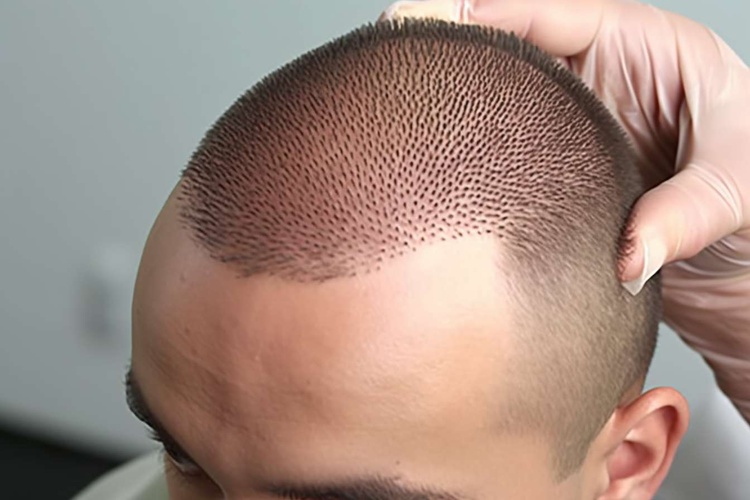Unraveling The Healing Power of Breathwork
In recent years, a seemingly simple yet powerful technique has surfaced in the realm of health and wellness. Rooted in ancient practices and reinforced by modern science, breathwork is making waves in its ability to promote mental, emotional, and even physical health.

The Origins and Evolution of Breathwork
Breathwork, essentially the conscious control of breathing, has been an integral part of various ancient cultures and traditions. From yogic Pranayama in India and Qi Gong in China, to Shamanic practices in America and Orthodox Hesychasm in Greece, the therapeutic use of breath has been acknowledged for centuries. Modern breathwork was born in the mid-20th Century when psychiatrists began to notice the impact of breathing on mental states.
The Science Behind Breathwork
Recent research has illuminated the science behind breathwork. Our autonomic nervous system, responsible for unconscious bodily functions, is divided into two critical parts: the sympathetic, which activates the fight or flight response, and the parasympathetic, known as the rest and digest system. Breathwork is believed to stimulate the vagus nerve, enhancing parasympathetic activity, and reducing symptoms associated with stress and anxiety.
The Practice of Breathwork
Breathwork involves consciously changing the way we breathe, from altering the depth and rate of our breaths to focusing on diaphragmatic rather than chest breathing. It requires patience, practice, and persistence. While it can be practiced at home independently, guided sessions can help beginners navigate this ancient wellness strategy.
Potential Benefits and Challenges
Breathwork has been linked to a host of benefits, such as reduced stress and anxiety, improved emotional regulation, enhanced focus, and even relief from physical pain. However, breathwork is not without challenges. It requires a commitment to practice consistently, and some people may initially find it uncomfortable or emotionally intense. As with any wellness practice, it’s essential to approach it with a sense of curiosity, patience, and self-compassion.
A Closer Look At Breathwork
-
Breathing directly impacts our physiological state. A slow, deep breath can calm us, while fast, shallow breathing can create a sense of anxiety.
-
Studies have shown that breathwork can help manage symptoms of mental health disorders like depression, anxiety, and post-traumatic stress disorder.
-
The practice promotes mindfulness, helping us to become more present and aware.
-
There are different types of breathwork practices, like Holotropic Breathwork, Transformational Breathwork, and Clarity Breathwork, each with unique approaches and benefits.
In conclusion, the power of breathwork lies in its simplicity and accessibility. It offers a drug-free method to manage mental and physical health. By tuning into our breath—something we often take for granted—we can access a profound level of self-awareness and healing. As research continues to unravel the benefits of this ancient practice, breathwork may well become a cornerstone of holistic well-being.




